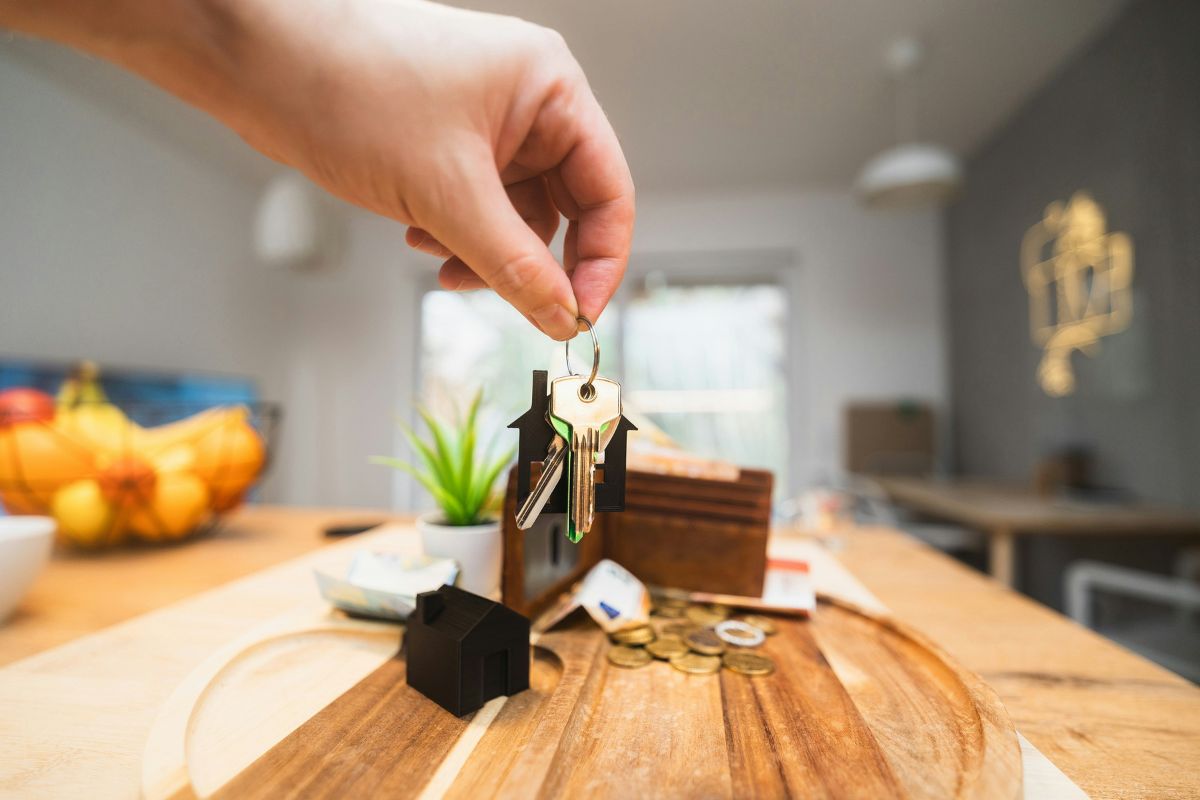When is a Property Positively Geared?
Last year’s onset of RBA rate rises has seen property prices fall in various markets around Australia, while rents, on the other hand, have soared, on the back of the tightest vacancy rates that most markets will have ever seen.
Such conditions have meant some great opportunities for investors chasing positive cashflow properties; at least, if their borrowing power can withstand the recent interest rate rises.
So what is a positive cashflow property?
Let’s calculate
A property is positive cashflow when the rental income it brings in is more than the sum of all its holding costs, such as loan repayments, strata, rates, management fees and so on.
A general rule for achieving this is that the property should have a gross rental yield of more than 6%. But if you want to be safe, maybe aim for 7%. That level and above is all that b Invested founder Nathan Birch usually considers.
If you want to calculate a property’s yield, simply take the total annual rent, divide that by the value of the property and multiply that figure by 100.
Say you bought a property for $300,000 and the rent was $410 a week, which makes $21,320 a year.
Divide $21,320 by $300,000 and you get 0.071. Multiply that by 100 and your gross rental yield is 7.10 per cent.
Why aim for positive?
Investors chasing positive gearing have often borrowed money to buy their investment property and therefore need to rely on the rental income to pay off the mortgage.
In a market like the current one, where rates are rising and prices falling, you are exposed to less risk with a positively geared property, because you’re not having to find extra money of your own to put into a mortgage with payments that are increasing each month.
If your rental income covers your costs and leaves you with some leftover cash, you can use that cash to pay down other debts or invest elsewhere and acquire more assets.
For interest’s sake
Most seasoned property investors begin each loan paying interest only, at least for the first 3 to 5 years. This boosts their cashflow to make sure they are positively geared and gives them the potential to invest further.
The key aspect of doing this is to be unencumbered. With more cash flowing into your pockets, you can redirect it to where you want it to go and acquire more investment properties faster.
Of course, you will have to start paying down the principal eventually, but if you raise the rent by a small amount each year for the 5 years of your interest only period, you will hopefully still be positively geared when you do.
Target the right markets
The healthiest rental yields are to be found at the most affordable end of the market. If you bought a $1 million property, you’d need between $1400 and $1500 a week in rental income to achieve a 7% yield. There are not a lot of renters in that market bracket because most people who can pay that much a week have bought a property.
A 7% yield is much easier to achieve on a $300,000 property, because there are always more tenants vying for those properties and the competition puts upwards pressure on rents.
If you bought 3 properties each worth $300,000, you would get $1200-$1400 a week in total income much easier than with a single $900,000 property. The added bonus would be that each of those cheaper properties could be expected to double in value much faster than a single more expensive property.



